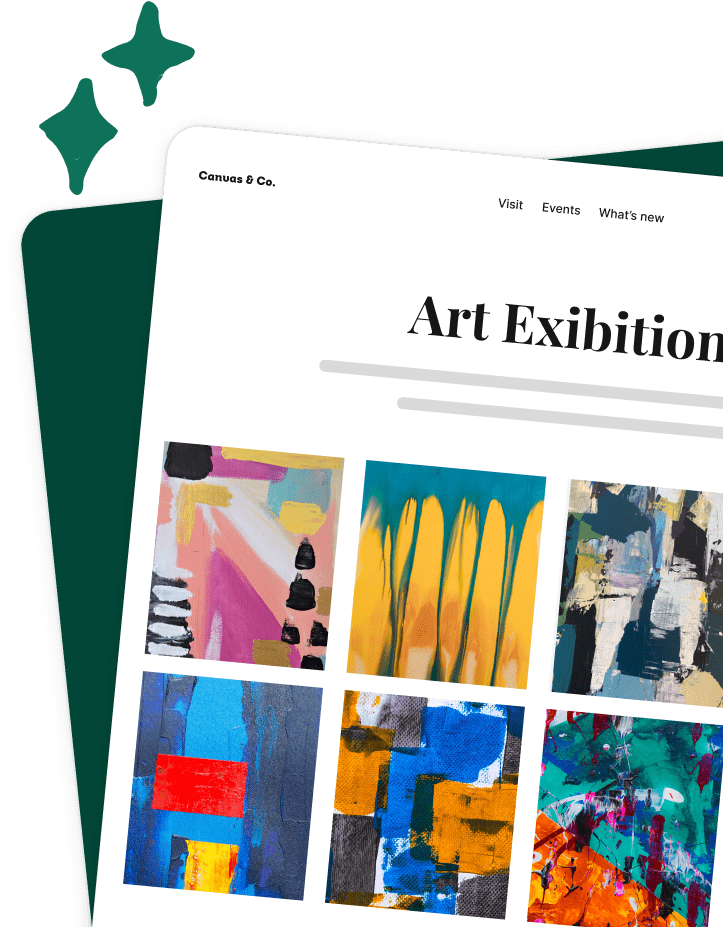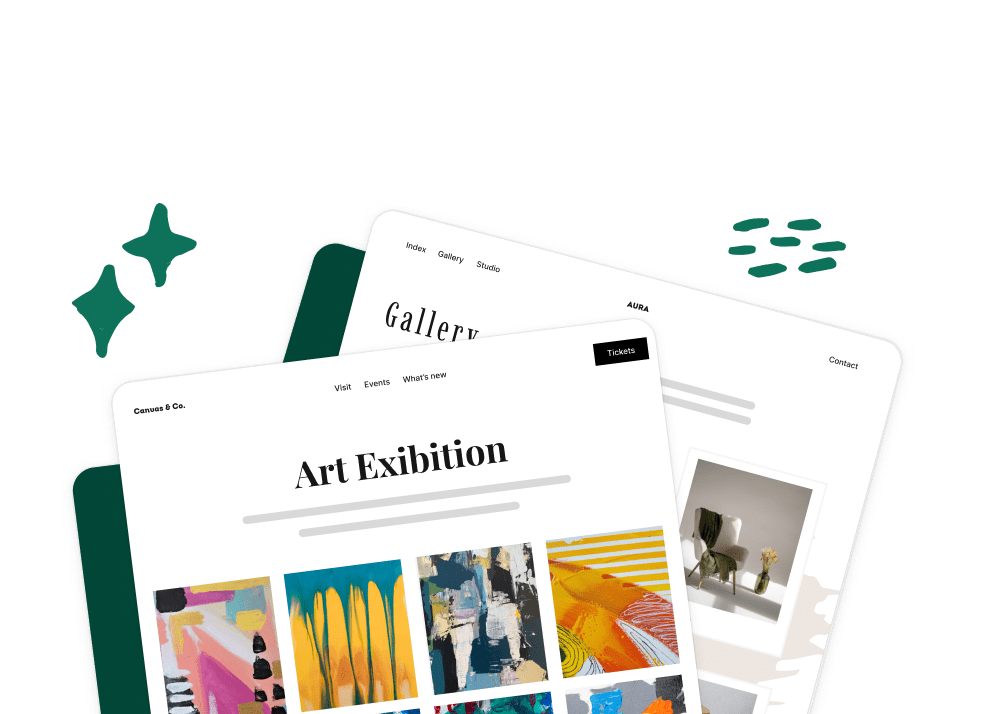
A top-notch, fully functional e-commerce website with a fast loading speed and great products is not as impactful if the products displayed don’t look like photography masterpieces. Product photography is so much more than just taking photos of a product to increase its sales. It’s about showing the product in a way that connects with the target audience and triggers them to desire it too. And while photos of products on their own do tend to attract customers, including a model in product photographs is another way to elevate the look and feel of the product and potentially increase sales too. Celebrities in advertisements for hygiene products, automobiles, and other lifestyle products make a good case in point. As a product photographer, you probably get one, well, maybe two basic demands from your clients: To increase sales and to have their products look like a million bucks (even if they don’t always cost that much). And while you can’t always help with the sales, you can surely help elevate the look of their products – with a model, the right lighting, and your camera equipment. For more tips and ideas on how to make the products you photograph stand out, read on!
Why Use A Model

As we said above, using a model or models for professional product shoots can help attract a wider audience. When a model wears or holds the product, the whole process of displaying it becomes more interactive, and people are more likely to understand what the product is all about, how and where to use it, how it can be applied to their lives, and potentially also make them want to buy it even more than they would if they saw an image of just the product on its own.
1. Human Connection
Yes, photographs of the product on its own can attract a viewer, but one of the biggest advantages of using a model for a product shoot is that they can help the target audience connect with the product. A person is more likely to want to get a product when they see someone else wearing or using it. Additionally, another significant advantage of using a model is that you can easily convey emotions through the photograph, which further helps the audience to connect with the product.
2. Show The Size/Dimensions
Imagine you spent hours scrolling through online shopping portals, scanned through hundreds of product images, and ordered that chic tote bag for yourself. And when it finally arrives, you end up returning it because the size of the bag doesn’t really work for you. A bummer, right? Using a model for the product shoot could help you keep such confusions regarding size and proportion at bay. Because when you use a model, the audience can gauge the size and scale of the product better. This is especially beneficial if you are taking photos of bags, clothes, and other items that a potential customer might buy based on their size. While an image of just the product can focus on the details of the product, viewers might not consider buying it since they can’t really get a clear idea about whether or not the size of the product is appropriate for their needs.
3. Social Media-Worthy Photos
Having a solid social media marketing plan can work wonders for your business, and sharing images from your product photography shoots could be another way to attract potential customers and show off your skills. Again, having a model in these product images can make them more attractive, and on social media, more attractive equals more likes, shares, and possibly even more bookings! Plus, your customers will also want something that they can share on their social media platforms, so might as well give them something that can get them ahead of their competition.
Suggested Read: 9 Tools To Create Better Images For Blog Posts & Social Media
4. Create Lifestyle Photos

Besides taking photos of the products, when you include a model in your product shoot, you can also include some lifestyle photos that show the target audience how the product is supposed to be used and why they need it in their lives. For example, if you are photographing a fruit peeler, besides having a fruit and the peeler itself, you could also include a model to show exactly how the peeler works and makes peeling fruits easier. In this scenario, the audience can actually see how the product works and are more likely to pay attention. If the result suits their needs, they are more likely to want to purchase the product.
Tips For Product Photography Using Models
1. Focus On The Product
While the model is going to be a big part of the shoot, remember that the focus of any good product photo should be the product itself and not the model. Models could draw attention away from the product and distract a potential customer, which your client is likely to not be too happy about. Though it may not always be easy, it’s best to create a balance between the attention you give the product and the model. A good product photograph for your client is more likely to be one that shows the product in all its glory, includes the model in the shot, and also attracts potential customers.
2. Use The Right Lighting And Camera Equipment
The right lighting and camera equipment are essential for you to create images that wow. And that applies to all genres of photography, not just when it comes to photographing products. With or without a model, you need to have the right equipment in order to take high-quality and professional product images. Depending on the client and the product, you could either be shooting with natural light outdoors or in a studio or use studio lighting. If you are photographing during or close to midday, you might want to use a softbox to diffuse the light and soften harsh shadows. The same technique could be applied when you are using studio lighting. Besides making sure that the product is sufficiently illuminated while photographing the product using a model, you will also need to ensure that the model is also illuminated by the ideal amount and quality of light.
Using the right camera doesn’t necessarily mean you have to go out and buy the newest or the most expensive gear – you could work with what you have by using the right camera settings. If the shoot demands it and you are shooting in manual mode, you could also use a tripod to ensure that your movement doesn’t cause any blur in the images. You could also experiment with different lenses to get a variety of product photographs.
Suggested Read: The Best Camera For Beginners
3. Choose A Complementary Backdrop

A complementary backdrop is something you have to choose whether or not you are photographing products with a model. You have to ensure that the backdrop doesn’t clash or distract the viewer from the actual product. Usually, a plain backdrop without any distracting patterns or colors on it works well, even when you are using a model. Besides having a backdrop that complements your product and the model, it is essential to make sure that both of them are staged properly. As you continue to shoot, don’t forget to experiment with different angles and perspectives, and if needed, you could also move around your subjects.
4. Bring Out The Details
When it comes to showcasing products through photographs, you will also have to think about bringing out their details so that a customer can have a good look at the product. Besides moving around and considering different angles and perspectives the product could be shown from, also think about ways to zoom into it while still keeping your aim to create aesthetically pleasing photographs a priority. And even when you go macro, you can still get high-quality and professional images of the products. Think jewelry shown on hand models or skincare and makeup photos with models.
5. Use Photo Editing Software For Final Touches

Using the best lighting setup, setting up your camera to avoid any shakes, choosing a background, staging your products and models right – you could do everything you possibly can to get the best product photographs in camera, but when you go back and view them on a bigger screen, you might notice some things that could use some fixing up during the post-production stage. Things like brightness, exposure, white balance, shadows, highlights etc., can all be fixed using photo editing software. Every photographer has their own way of editing, and you might just want to fix the basics, or really put on your editor’s hat and do more. The choice is yours. Photo editing can take a photo from being ordinary to extraordinary, so when you are editing, just keep your final vision in mind.
Enhance The Product With Your Creativity
Getting creative with product photography, especially when you include models, is a great way to get out of your comfort zone and impress your clients. Product photos don’t always need a model, but adding one can more often than not increase the impact you are trying to make. Humans have a natural tendency to want something more when they see it with someone else, so it’s natural for humans to be more attracted or encouraged to buy something that is displayed on or with a model. Just like you would take care of certain factors like the backdrop, lighting, using the right equipment, etc., for any other product shoot, when a model is added to the mix, you need to accordingly modify the way you shoot. But no matter what, remember that a model is supposed to complement the product, not take the attention away from it. And while it may sometimes get difficult to strike the right balance, as a photographer, it’s on you to bring the viewer’s attention to the product being sold and enhance its value through your art.
Read More: How to Package & Price Your Product Photography Services
We hope these ideas have helped you get an understanding of how to shoot products using models. If you are already a pro at product photography and consider it your bread and butter, we’d love to know whether you have your own tips and tricks to photograph products with models. If you have any questions or advice for fellow photographers, feel free to leave them in the comments section below.














